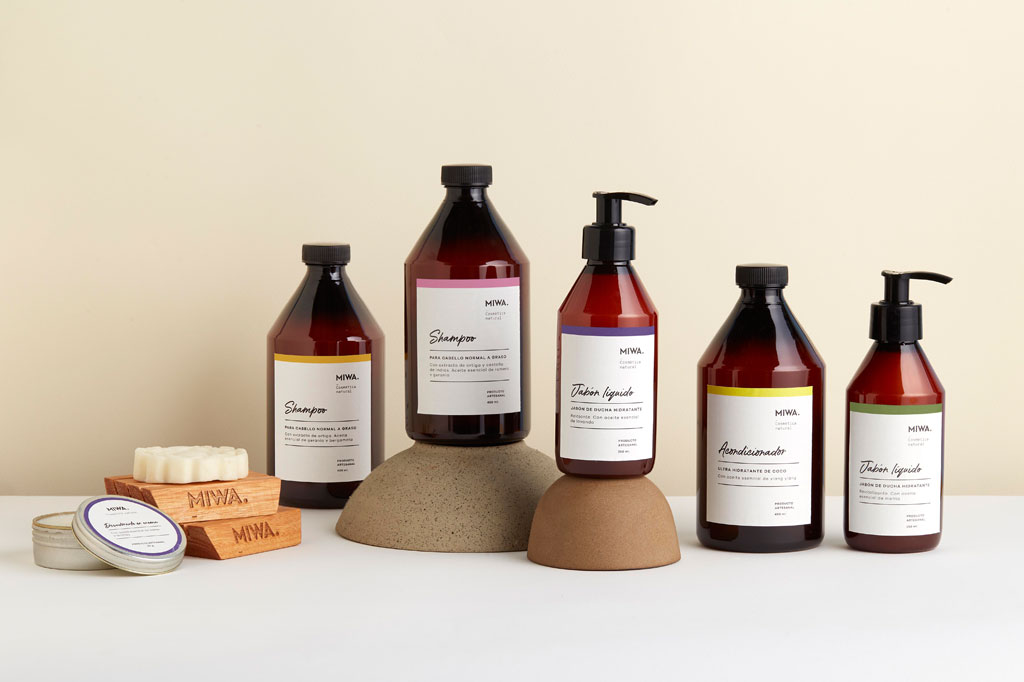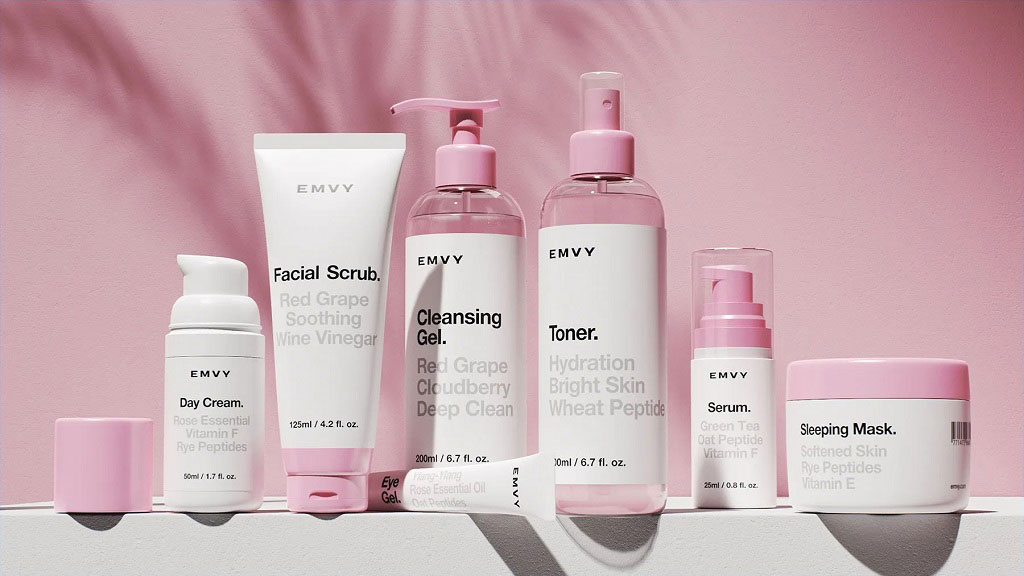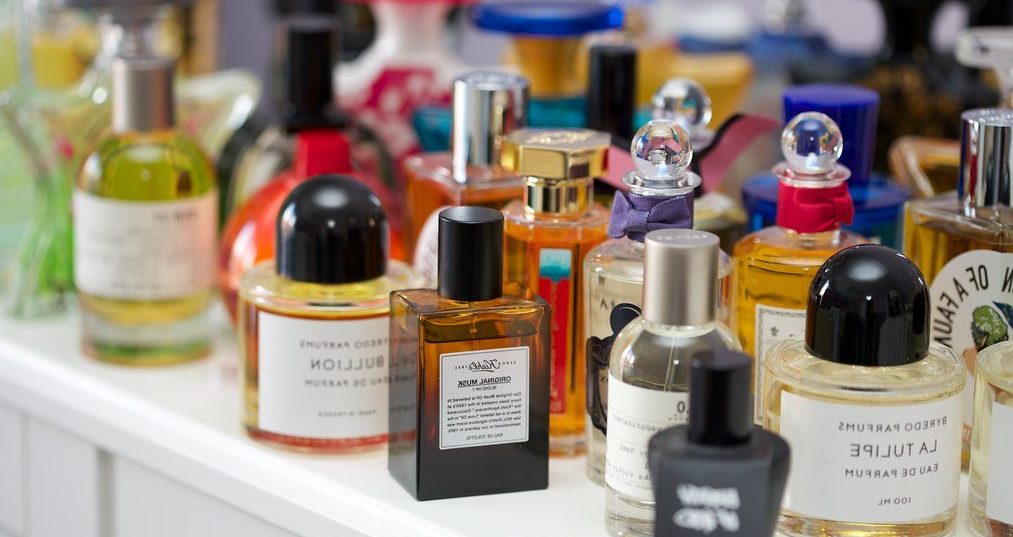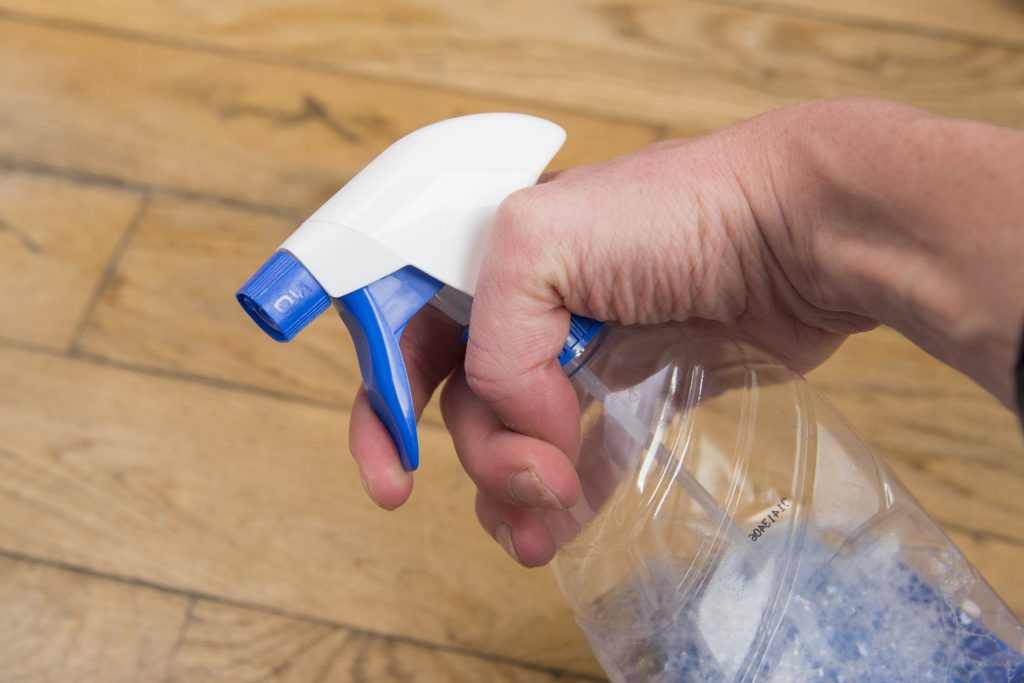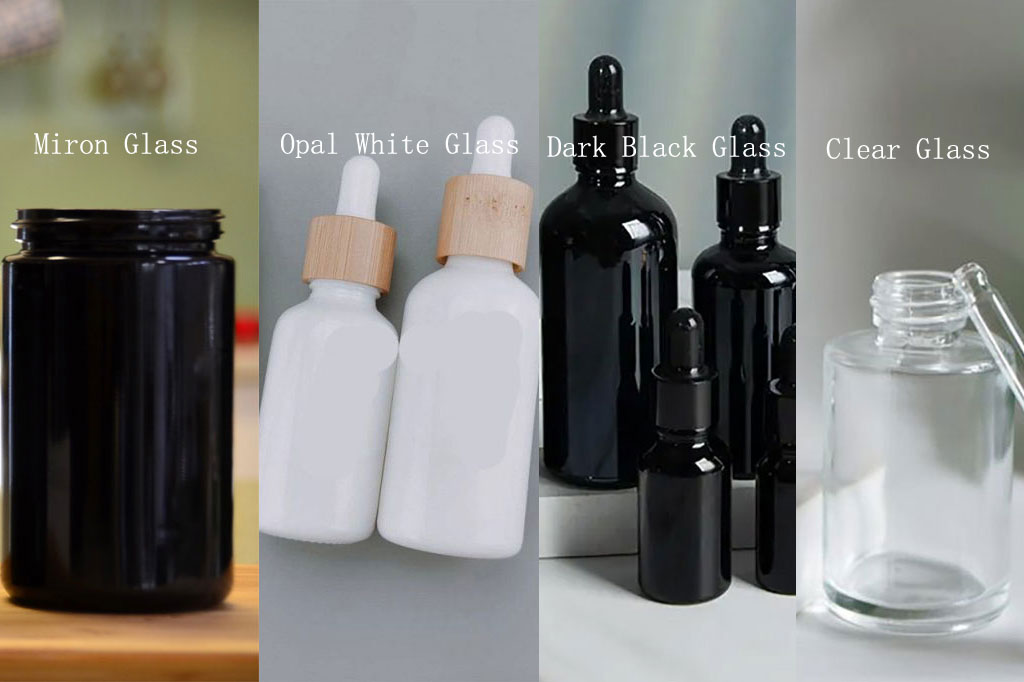In the competitive world of skincare, the first impression is often made before a product is even touched. Skincare packaging design is crucial in capturing customer attention, reflecting brand identity, and safeguarding the product.
As the beauty industry expands, the importance of well-thought-out packaging grows. It’s not just about aesthetics—it’s about creating a design that is functional, sustainable, and resonates with the values and needs of consumers.
The Role of Skincare Packaging Design
1. Brand Identity and Emotional Connection
Skincare products are often seen as personal and intimate, requiring brands to establish a strong emotional connection with their audience. The packaging is the first touchpoint for this connection, serving as a reflection of the brand’s personality, values, and ethos.
A minimalist design might evoke feelings of luxury and sophistication, while vibrant colors and playful fonts could convey a sense of fun and excitement. Every detail, from color selection to typography and materials, should be in harmony with the brand’s narrative and message. This connection helps foster loyalty and creates an experience that goes beyond the product itself.
2. Functionality and Usability
A beautiful design means little if it doesn’t work well in everyday use. Skincare packaging must be functional, convenient, and user-friendly. The consumer’s experience with the packaging is as important as the product itself, influencing perceptions. Here are some key aspects to consider:
- Ease of use: Whether it’s a pump, dropper, or jar, the packaging must be easy to open, dispense, and store.
- Portability: Many skincare products are part of a daily routine, and consumers need packaging that is portable and travel-friendly.
- Product protection: The packaging should shield the product from contamination, sunlight, and air to maintain its efficacy and longevity.
3. Sustainability and Eco-conscious Design
With growing awareness of environmental issues, consumers are increasingly considering the environmental impact of their purchases, and packaging plays a key role in this. Skincare packaging is no exception, with many brands shifting toward sustainable alternatives. Here’s how:
- Eco-friendly materials: Brands are turning to recyclable, biodegradable, and renewable materials such as glass, bamboo, or paper-based packaging. These alternatives reduce waste and promote eco-consciousness.
- Minimalism: Reducing excess packaging or using lightweight options can significantly decrease the carbon footprint. Many consumers are willing to pay a higher price for products that demonstrate a commitment to sustainability.
- Refillable packaging: Some skincare brands offer refillable packaging options, where customers can reuse containers instead of purchasing entirely new ones. This approach effectively minimizes waste while providing a sustainable option.
4. Protection and Preservation of Ingredients
The effectiveness of skincare products relies on the preservation of their ingredients. Packaging is vital in preserving the effectiveness and integrity of the product’s ingredients. For example:
- Air-tight containers: Certain ingredients, like Vitamin C, are sensitive to air and light. Packaging solutions such as airless pumps or opaque containers help protect these ingredients and extend their shelf life.
- Sealed caps and tamper-proof packaging: Ensuring the product remains safe from contamination during shipping and storage is vital for both consumer trust and product effectiveness.
Design Elements in Skincare Packaging
The aesthetics of skincare packaging are just as important as its functionality. Key design elements that influence packaging choices include:
- Color: The psychology of color is a powerful factor in how consumers perceive skincare products. Soft pastel shades may evoke calmness and serenity, while bold hues can create a sense of energy and confidence. The color palette should be consistent with the brand’s image, evoke the right emotions, and appeal to the target audience effectively.
- Typography: The font used in skincare packaging should be legible, but it can also communicate much about the product. Elegant, flowing fonts are often used for luxury brands, while clean, modern fonts are favored by more minimalist or organic skincare brands.
- Texture: The texture of the packaging is an often-overlooked element, but it can add a layer of luxury or practicality. Smooth matte finishes, textured embossing, and raised labels all provide a tactile experience that enhances the product’s appeal.
- Shapes and Size: The packaging shape can also help a product stand out and grab attention on the shelf. Unique bottle shapes or containers that fit comfortably in the hand can differentiate a brand from its competitors. The size of the packaging should reflect the price point and usage frequency, whether it’s a travel-sized serum or a luxurious jar of face cream.
- Graphic Design: Illustrations, logos, and icons help customers quickly identify the product and its purpose. For example, a product designed for hydration might feature water droplets or waves, while an anti-aging cream may have elements associated with youth and rejuvenation. Graphic design also includes the strategic placement of information like ingredients, instructions, and claims to ensure they are easily readable and compliant with regulations.
Trends in Skincare Packaging Design
The skincare packaging industry is constantly evolving to meet changing consumer demands and technological advancements. Some of the prominent trends in skincare packaging include:
- Personalized packaging: Brands are offering more customized packaging options, such as personalized labels or custom-designed boxes, allowing consumers to feel more connected to the product.
- Smart packaging: The rise of “smart packaging” involves using QR codes, NFC (Near Field Communication) technology, or augmented reality (AR) to provide consumers with additional information about the product, such as how it was made, its sourcing, or usage instructions.
- Vintage-inspired design: Retro and vintage designs are making a comeback, with brands adopting a nostalgic aesthetic to stand out in an ever-crowded market.

